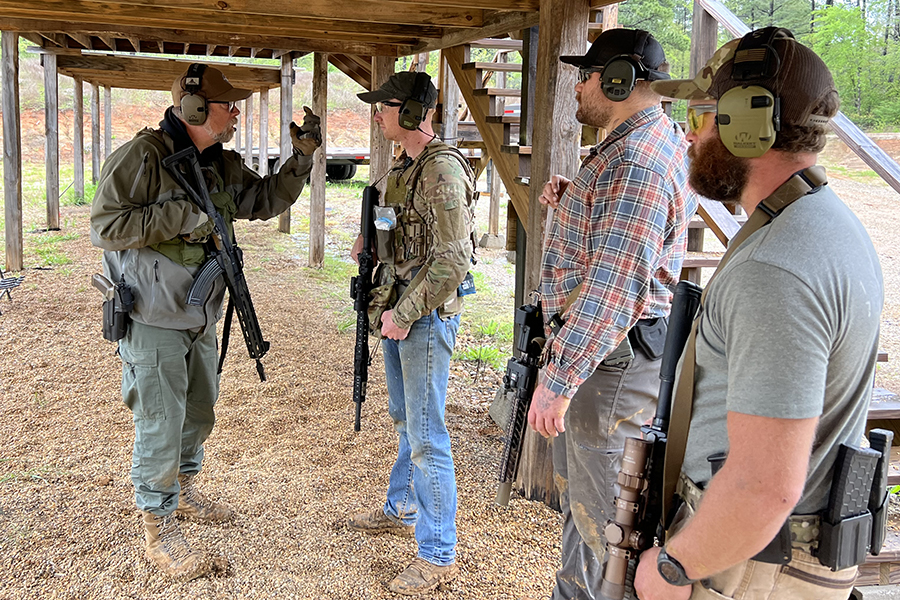
Training and spending time on the range is essential if you carry a firearm to defend yourself and those you love. Also, knowing how to manipulate that firearm, recognize and clear malfunctions, and remove them both quickly and stealthily from where you carry it are just as important as having the ability to hit exactly where you are aiming.
But there’s more than just the physical aspect of being prepared. There’s also the mental aspect and visualization before a deadly encounter. I believe some people poo-poo this part and consider it overthinking, but it’s not. It’s an essential part of self-defense training.
Over and over again, you read articles and hear trainers mention, “The body won’t go where the mind’s never been,” or something similar. Do you ever try to put that into practice? Do you ever make the effort to think like a “bad guy” or imagine to yourself, “When that happens, I am going to …” while you’re walking through a hallway at work or shopping at your local grocery store?
I first heard the idea of “One-Minute Drills” from my friend Andrew Blubaugh of Apex Shooting and Tactics when we were training teachers and staff during a FASTER Saves Lives course. He mentions these drills while showing students, who are training to be armed staff in their schools, how to maneuver through the building on their way to the “bad guy.”
He suggests they spend one minute every day walking through different areas of their place of work and visualizing how they would respond if there were an active shooter in the building. Imagine the amount of training you could get by doing your own one-minute drills each day.
Nobody around you would know what you are doing, and the drills could be done anywhere, like while you’re walking through a parking lot, dining out, shopping in a grocery line, or waiting at the school pickup. The opportunities are endless.
Visualizing is not just a mental exercise. It should be put into practice with dry fire or on the range. If a one-minute drill causes you to question your reaction, try recreating it at home. This practical application of mental preparation can help you identify any gaps in your training and improve your readiness for a potentially deadly encounter.
There may be something wrong with your training that needs to be changed, or you may find a better way to use your gear (like if you are holding something in your hand when TSHTF as I mention in a previous article).
Taking the time to think through defensive situations beforehand allows you the opportunity to practice with your gear, whether through dry-fire or live at the range. It will help keep you ahead of the game instead of fumbling through your reaction when you’re surprised during an actual encounter.
Imagine seeing the “bad guy” pop up from behind a car and saying to yourself, “I’ve seen this before,” and going right into action. That kind of pre-thinking builds confidence and reduces reaction time. It’s well worth your effort.

Something I practice on a daily basis every place I go and have for decades. It goes hand in hand with situational Awareness.
One minute drills can benefit everyone but they are especially useful for the more older folks and women who live alone.